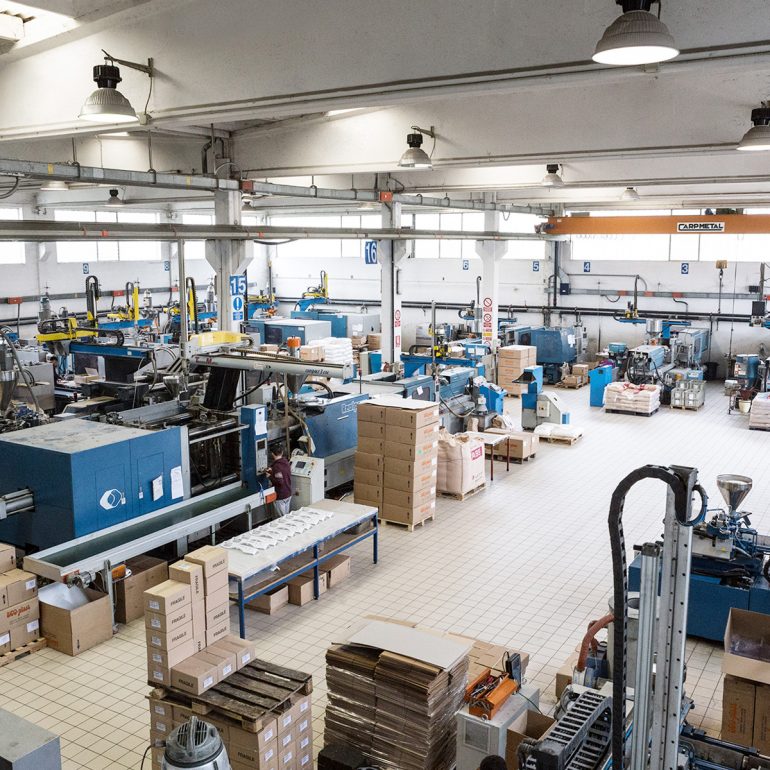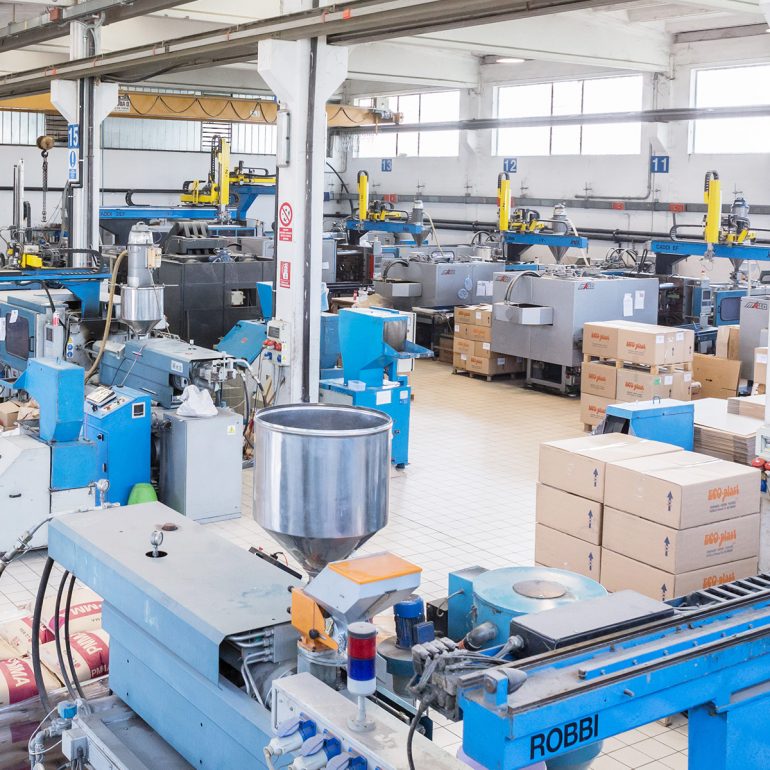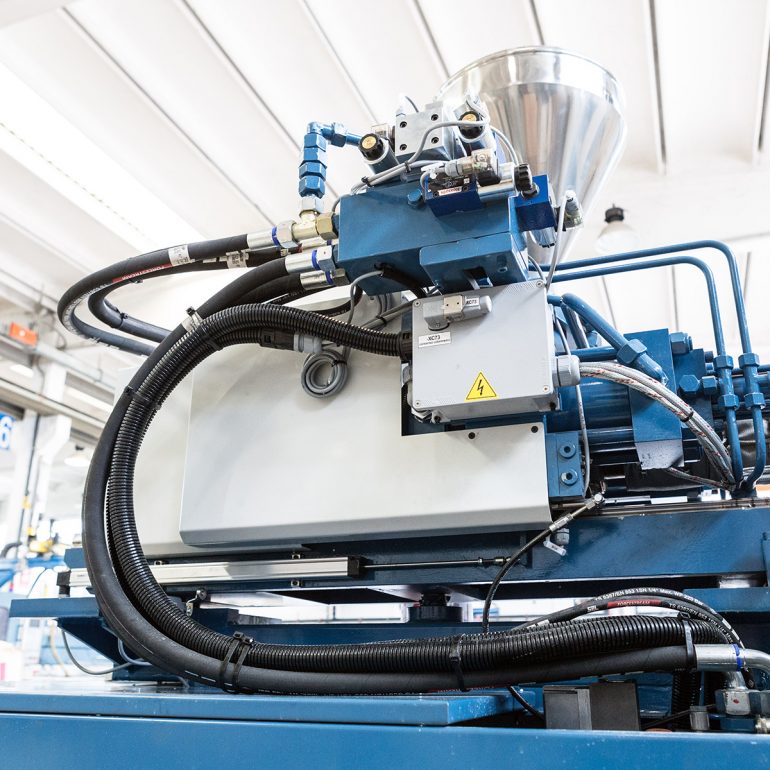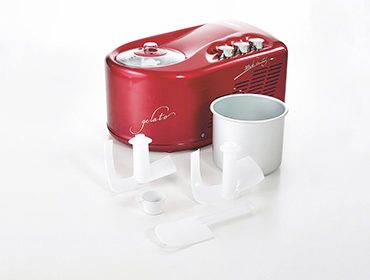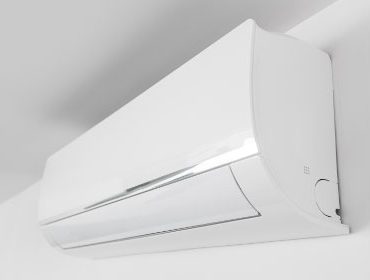What is hot stamping?
Hot stamping is a printing process that transfers pigment from a colored film to an object. It is a technique based on the combined use of heat, pressure and dwell time and is applicable on all surfaces.
The advantages
Hot stamping has numbers of advantages. Here are the main ones:
How it works
In foil, a cliché or engraving is fixed on a plate, which is then heated to a temperature ranging from 90° to 150°. The foil is placed between the product to be printed and the plate; when the cliché presses on the sheet, the heat causes the coloring layer of the foil to detach and be applied to the sheet.
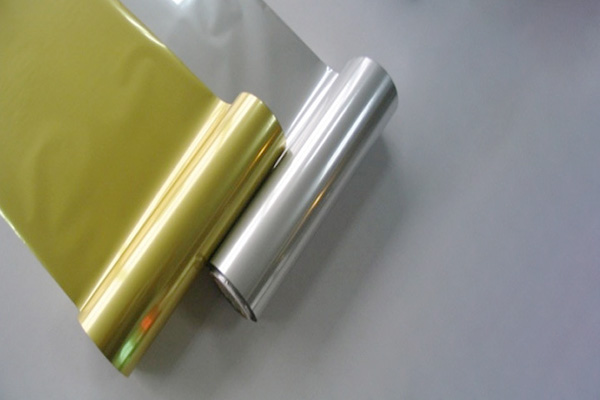
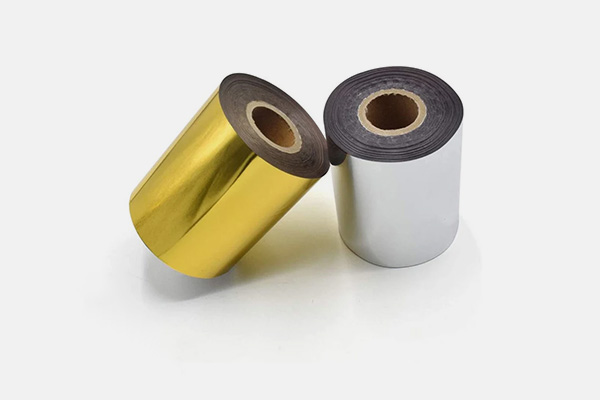
You may also be interested in...
The types of printing over the years have differed according to the medium and the results you want to achieve. Discover our printing services.
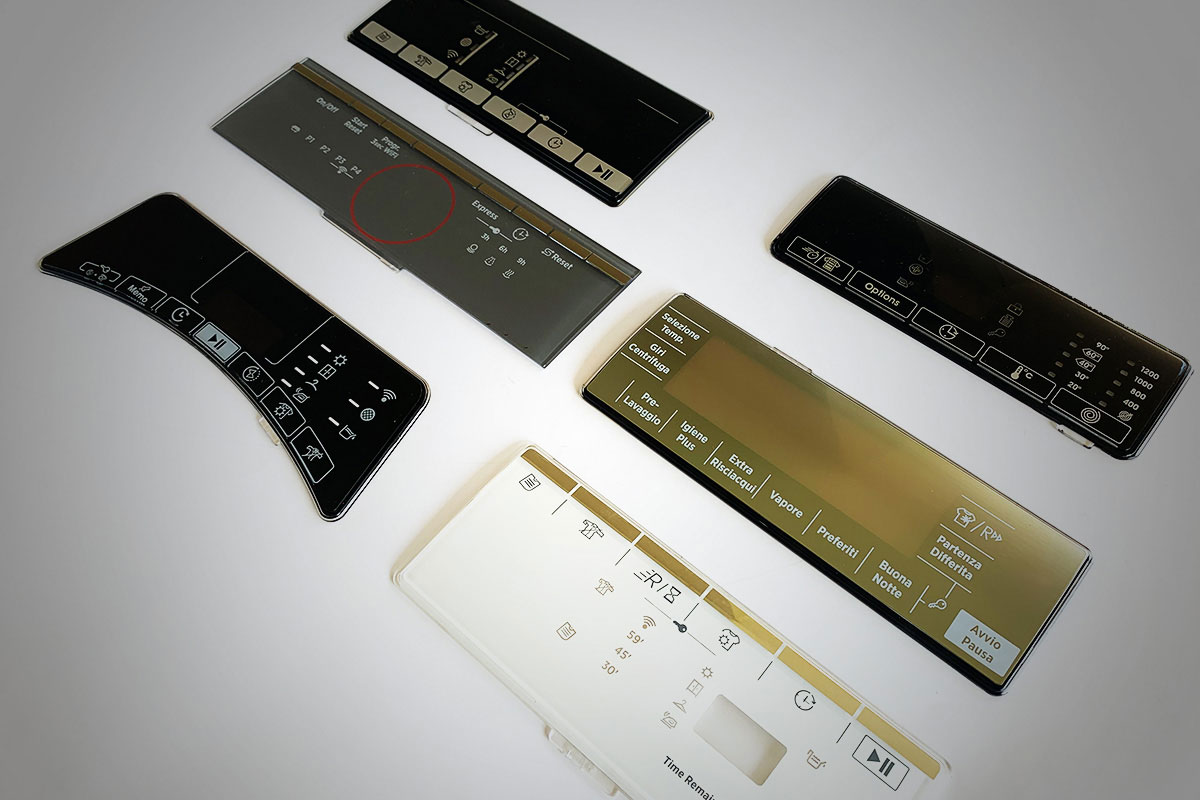
Screen printing
The color passes onto the substrate through a microperforated film. Only part of the pigment passes through the mask and is deposited on the object, following the geometry of the perforation.
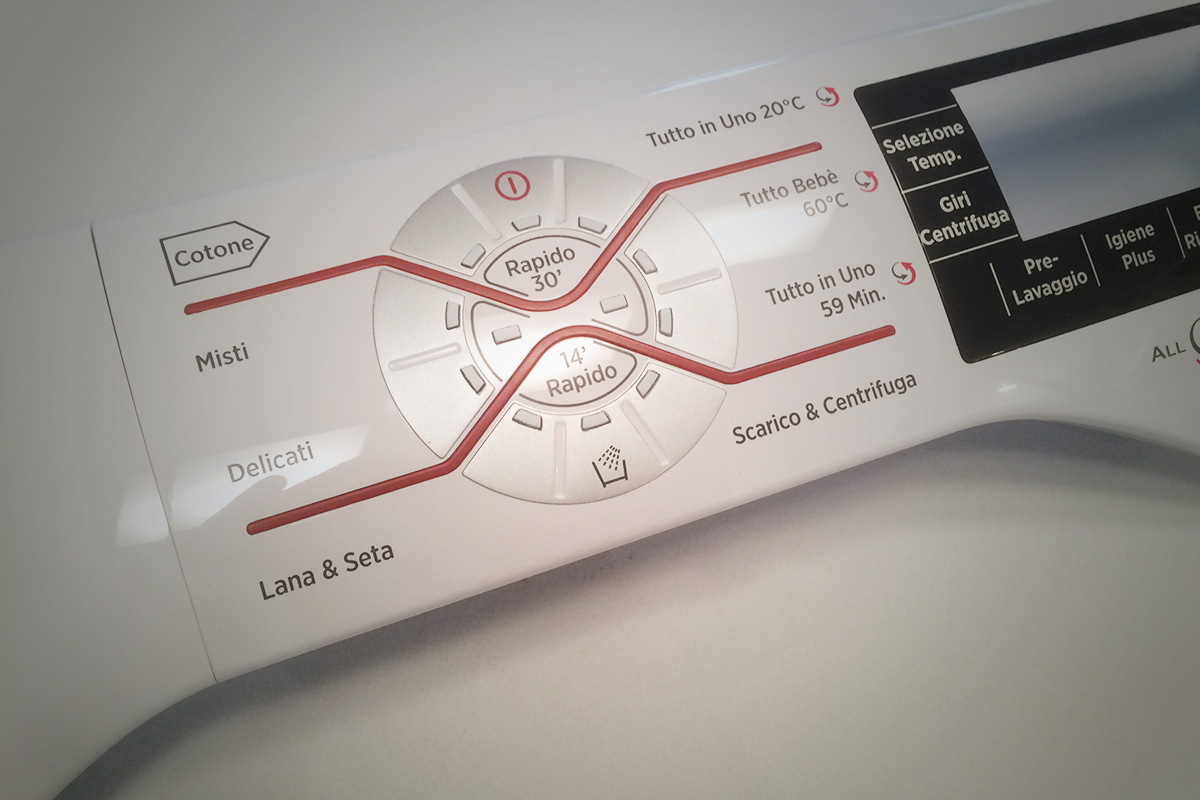
Pad printing
The graphic is imprinted on the object using a pad, which is soft and flexible. With the pad printing technique, pigment is transferred from a flat plate to the surface of the substrate.
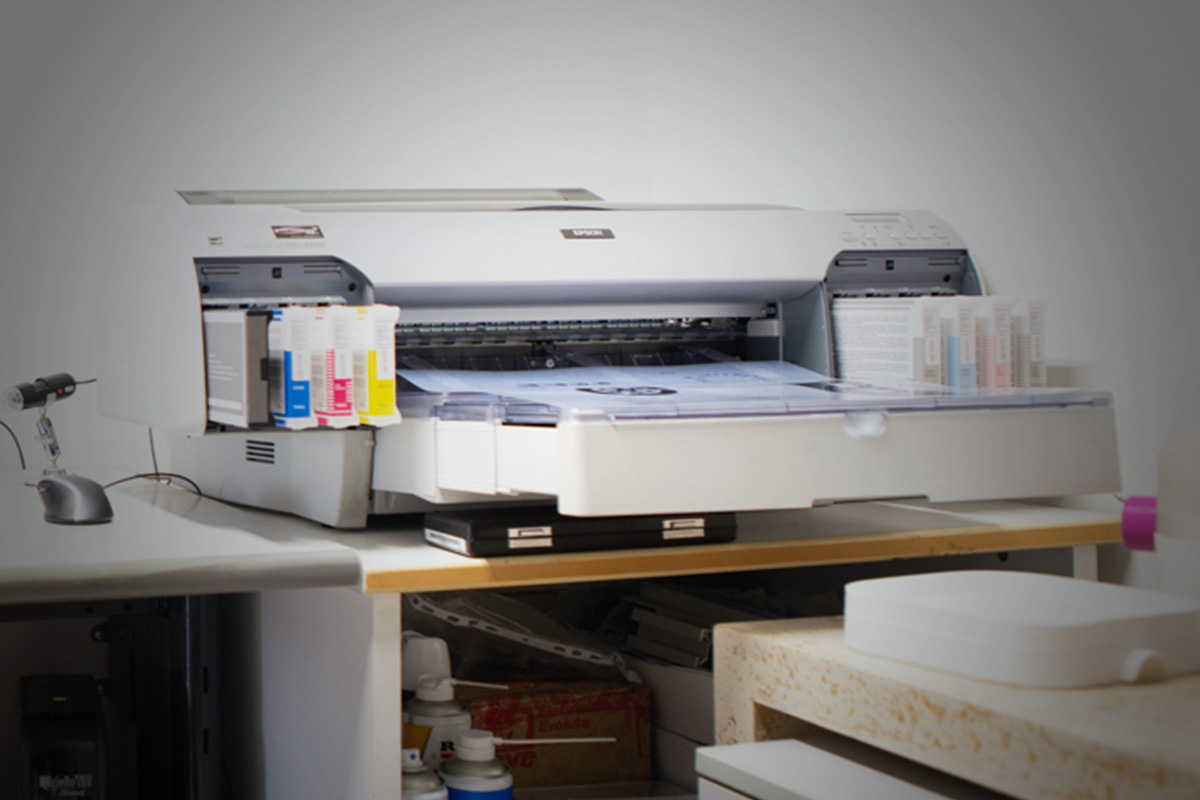
Films
We produce films of all formats in-house for the production and making of cliches using professional bromographs.


